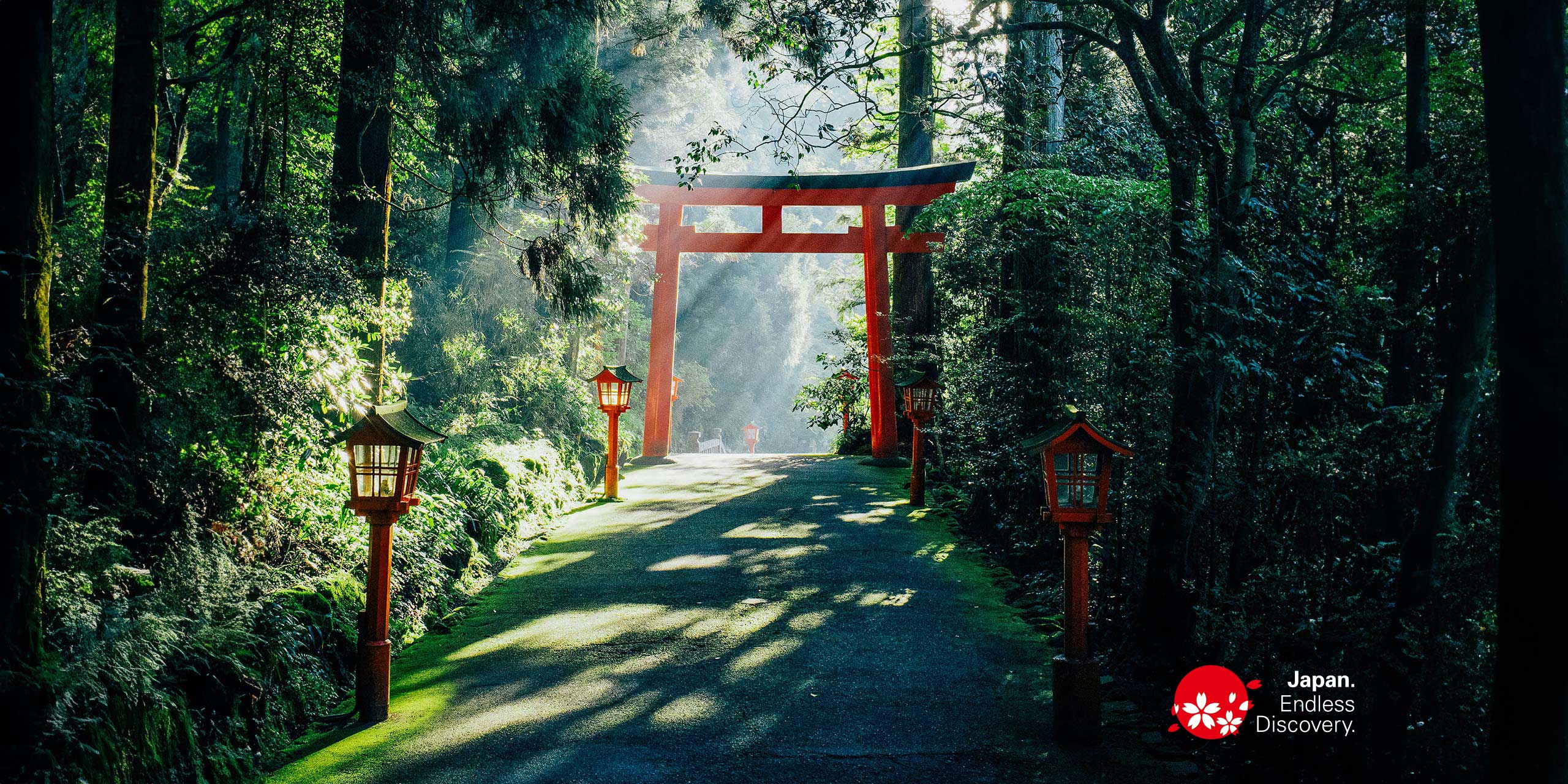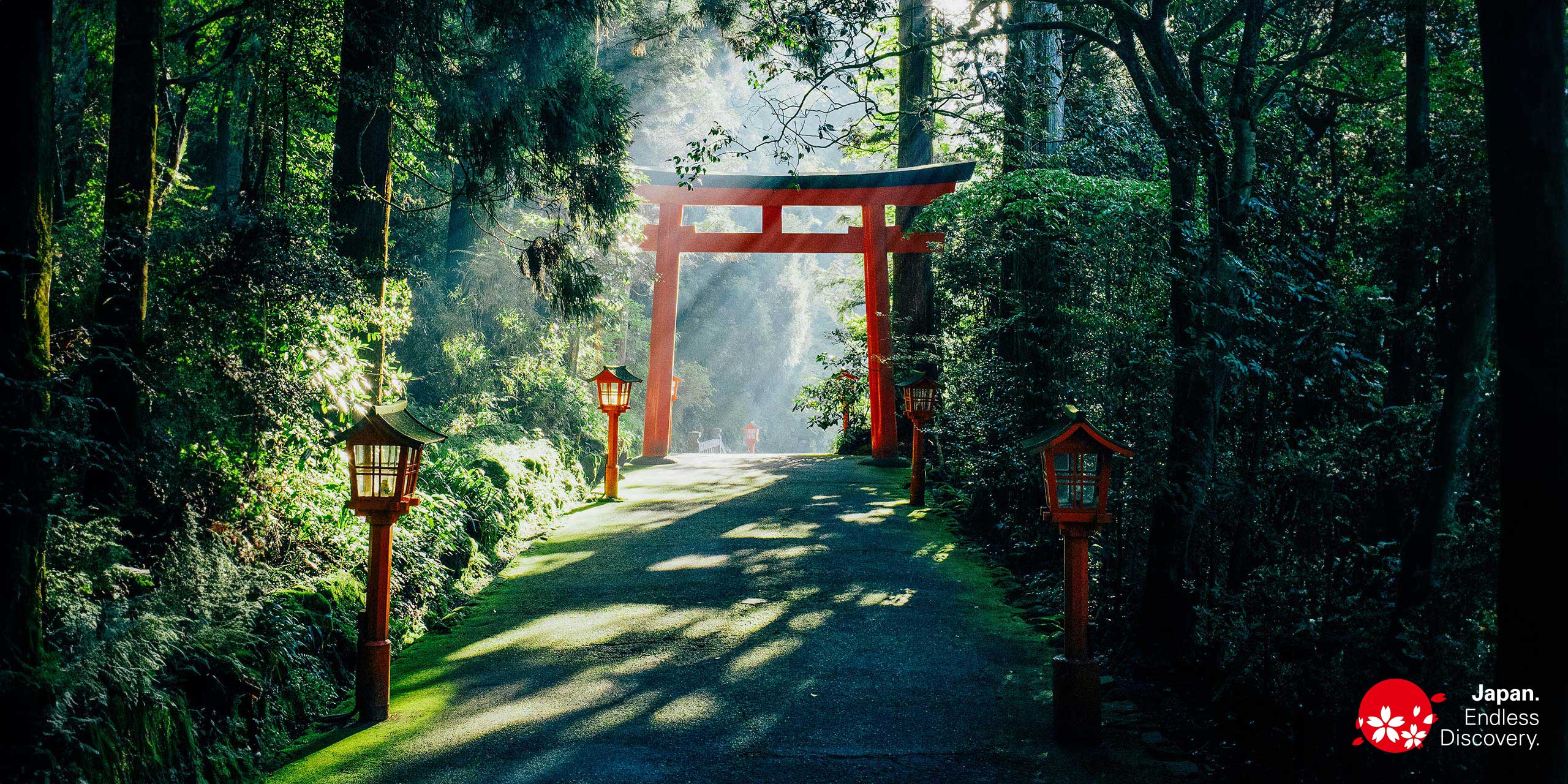
Like a riddle wrapped in an enigma, Japan has the capacity to at once befuddle and delight due to its distinctive customs and traditions. And it is to these singular aspects of Japanese culture that we turn to. Swoon at the country’s Sakura season beauty, entertain the roots of geisha, and learn all about the refreshing and replenishing qualities of kaiseki dining and ancient tea ceremonies!
Service with a Style
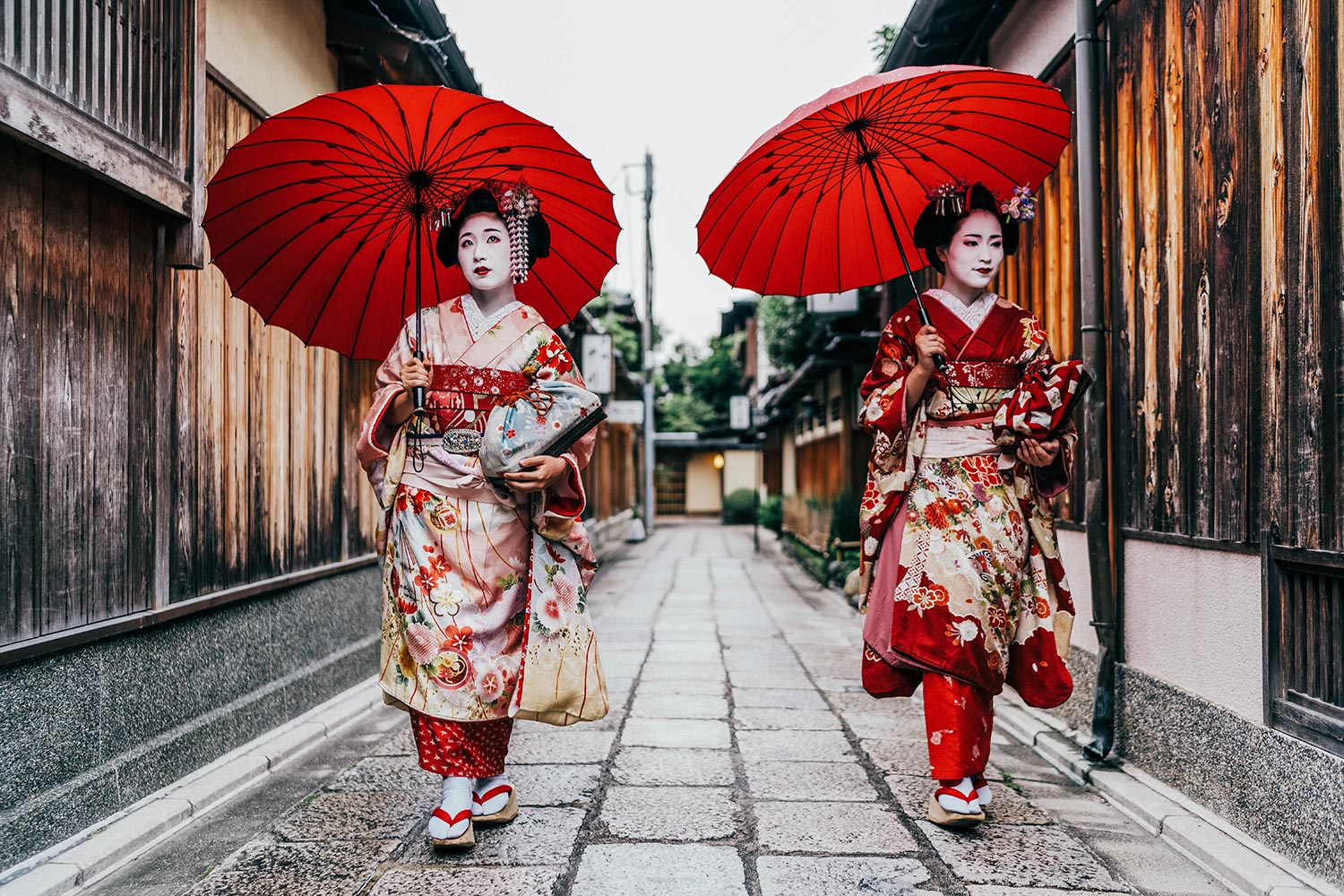
Geishas embody the spirit of ancient Japan and Japanese beauty.
They study the ancient arts of flower arrangement, music, dance, tea ceremony, and more to entertain their patrons.
In Kyoto dialect, geisha are referred to as geiko (gei means “art” while sha translates to “person” and ko to “child”) or maiko.
The former must be older than 20 while the latter is between the ages of 15 and 20. Some even go through the stage of shikomi for about six months to a year prior to ascending to maiko status, in which training begins only after completing junior high school.
There are five hanamachi or kagai (geisha districts) in the Ancient City—Gion Kobu (the largest), Miyagawa-chō, Ponto-chō, Kamishichiken (the oldest), and Gion Higashi.
These are home to what is currently estimated to be around 73 maiko, 186 geiko, and 132 ochaya (teahouses used for entertainment by geisha), according to the Kyoto Traditional Musical Art Foundation.
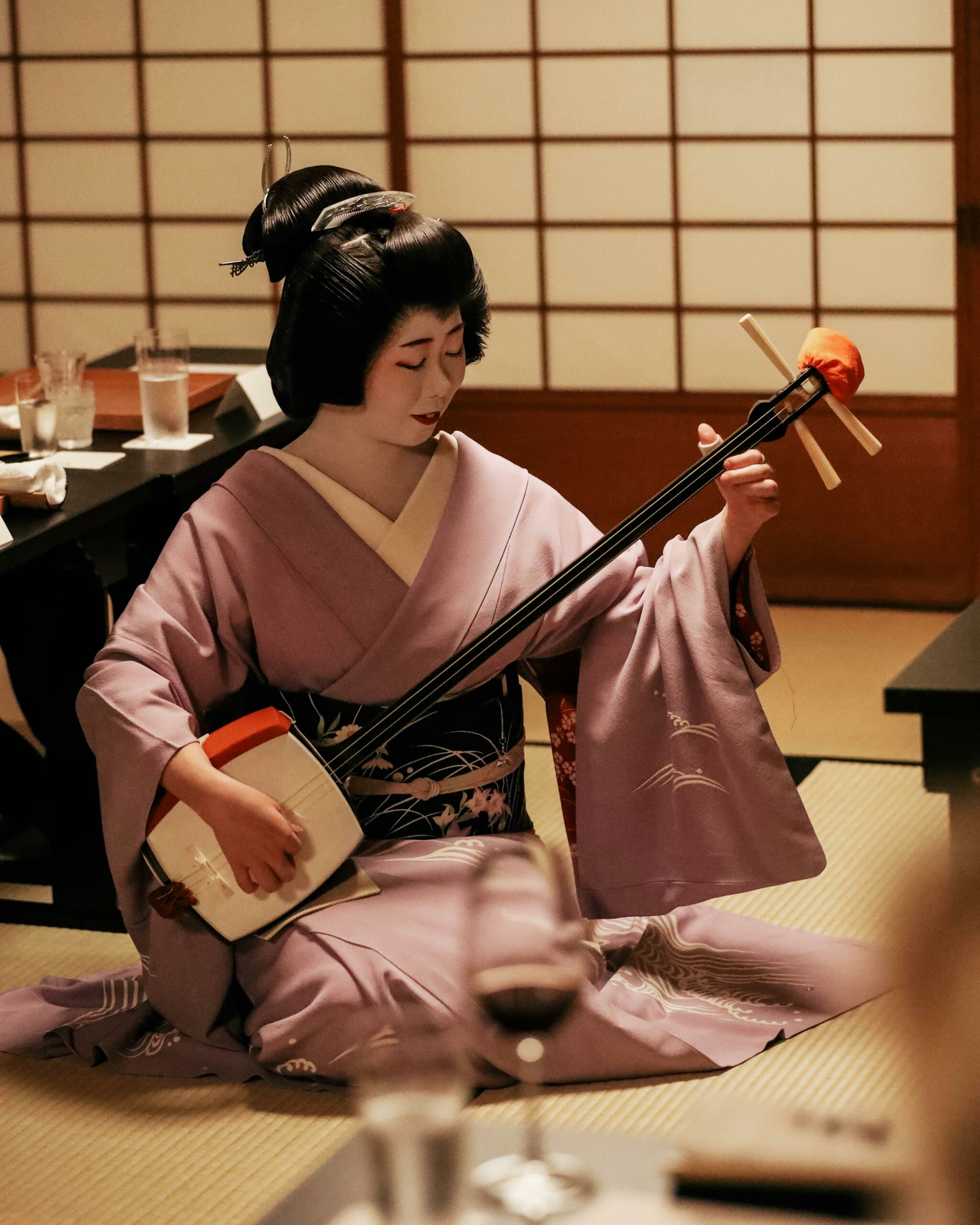
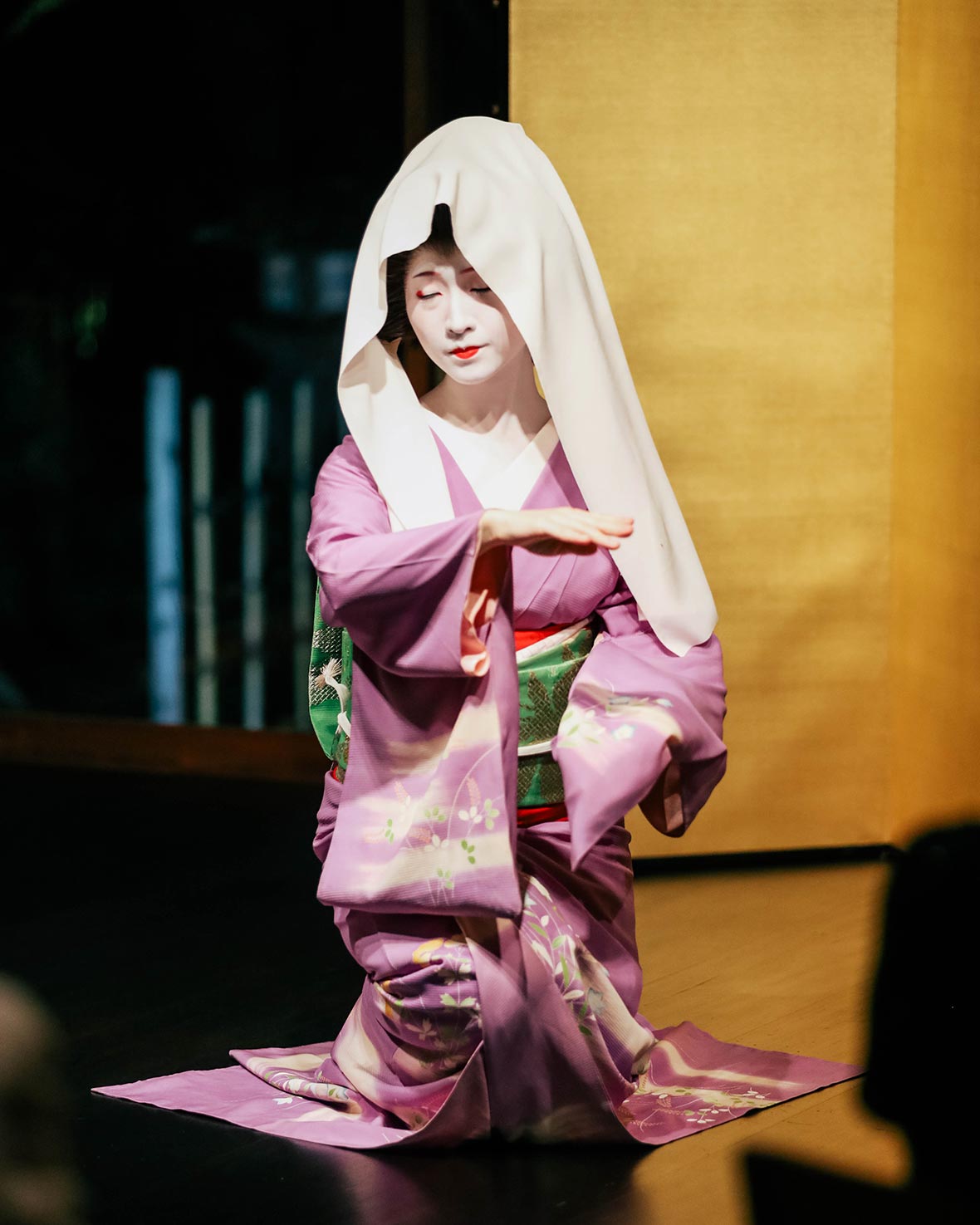
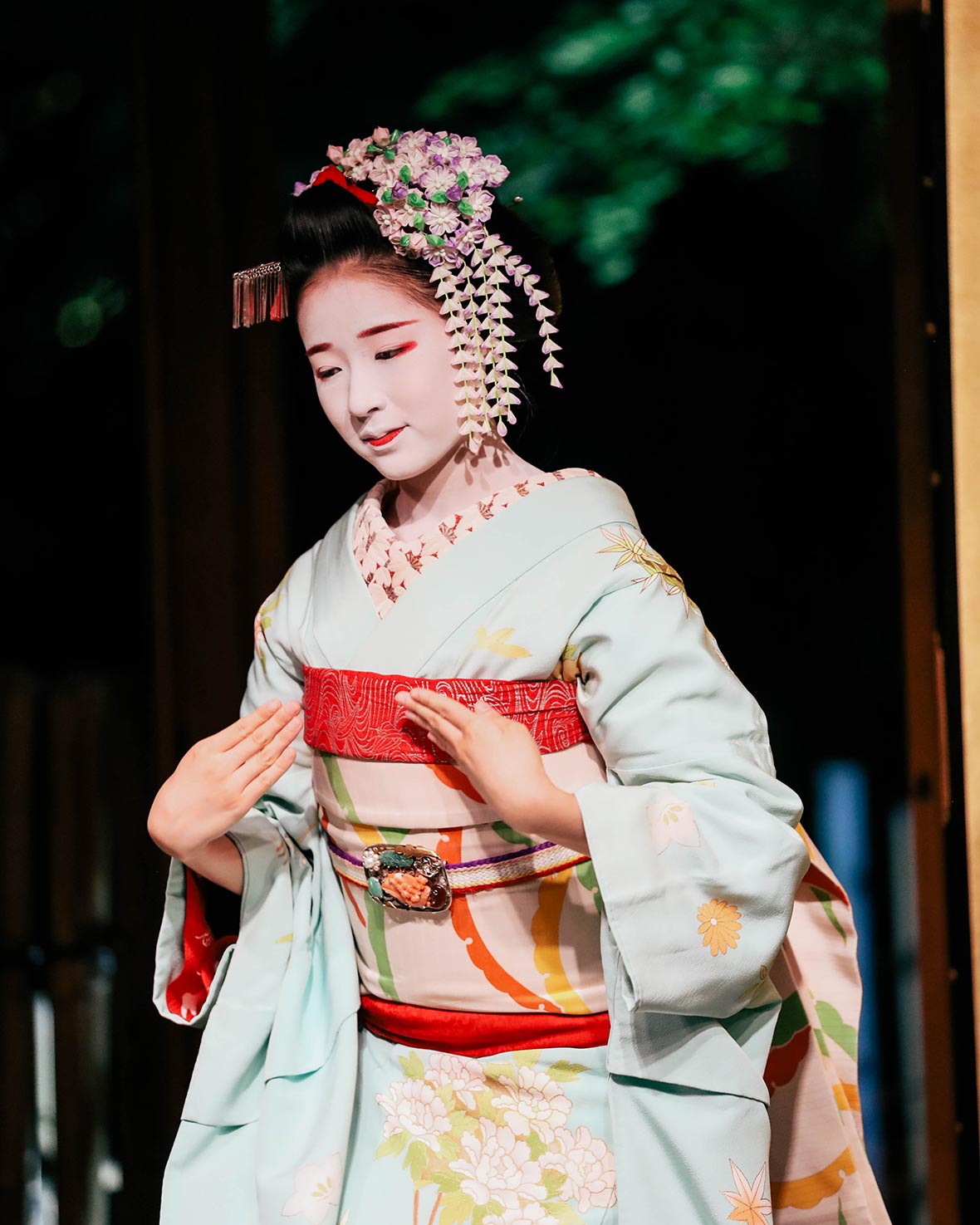
Traditionally, one is unable to enter an ochaya to be entertained by geiko or maiko unless an existing client has referred them and they’ve built up a rapport with the okaasan (meaning “mother,” but which also refers to the owner of an ochaya or okiya, a lodging house for geisha). It was previously unheard of for foreigners to enter an ochaya unaccompanied, but due to economic difficulties some establishments have loosened their restrictions for the sake of keeping their business alive.
Training to be a geisha requires using kimono, makeup, instruments, and time to master skills, all of which come at a high price. A danna was a man of great means who would financially support a geisha’s livelihood. Their relationship, however, wasn’t inherently sexual nor romantic.
The most traditional and immersive way to interact with a geisha or maiko, is to hire them to act as hostesses for a group.
To begin dinner, your hostess will pour you a glass of beer, but she won’t pour one for herself. According to Japanese customs, you are to pour her beer for her, and she won’t move to take a sip until you toast her and begin drinking. At this time, it’s customary to tip her with an envelope of cash. Typical gratis amounts to 3,000 JPY (about US $30) for each entertainer.
During your meal, she’ll lead the conversation and might tell a few anecdotes to keep the flow going. After dinner entertainment often includes a musical performance and traditional Japanese drinking games.
Leaves well lived
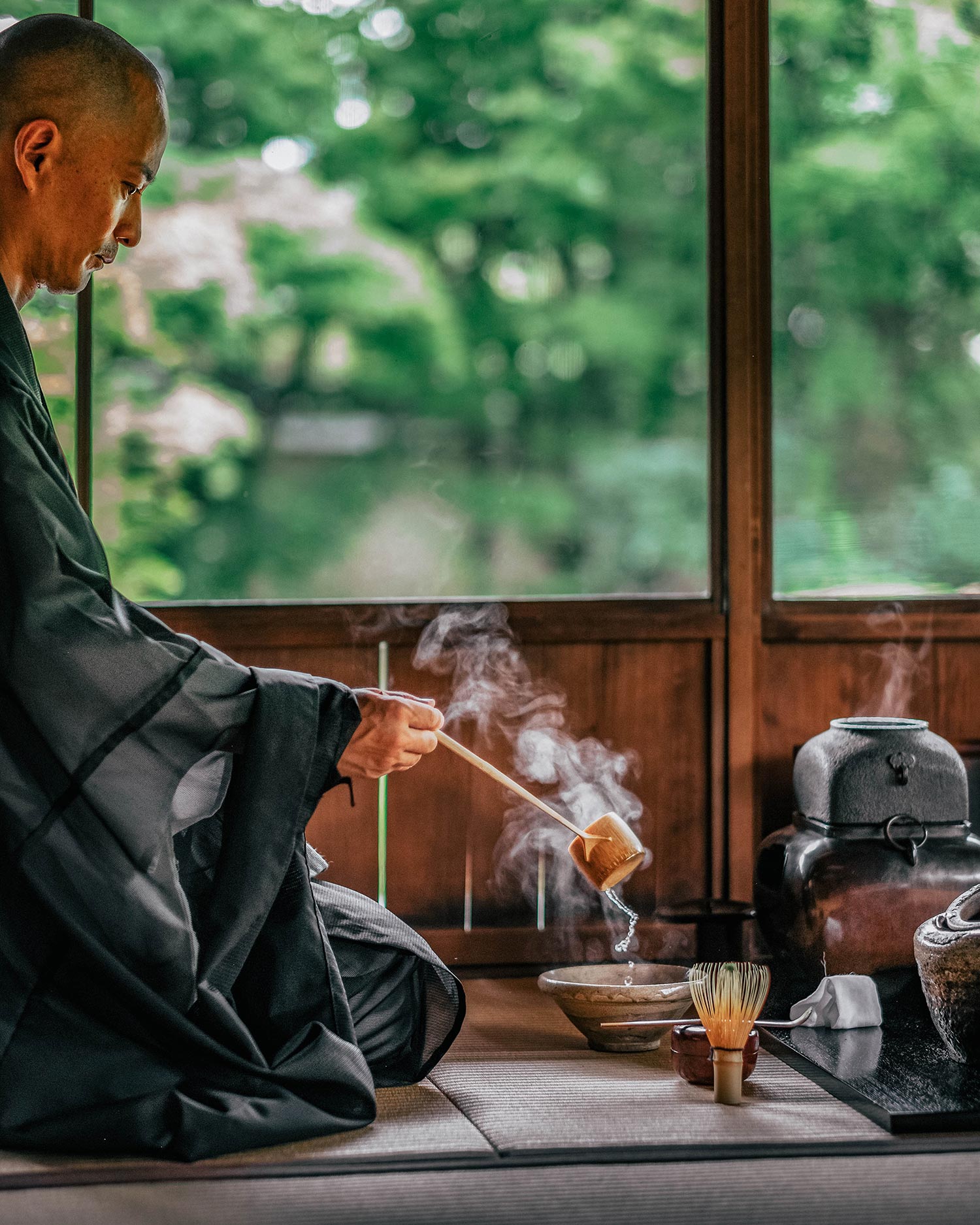
Coffee culture may have encroached around Japan. But for traditionalists, a good old fashioned tea ceremony still represents the ultimate drinking tradition.
The Japanese tea ceremony (sado or chado: meaning “the way of the tea”) is a traditional ritual that involves the preparation and serving of matcha green tea.
The ceremony has its roots in Chinese tea culture, which was introduced to Japan in the 9th century. However, it wasn’t until the 12th century that the ceremony developed into a distinct Japanese art form.
The tea ceremony became popular among the samurai class in the 16th century and later spread to the merchant class.
The tea ceremony is still practiced in Japan today, and you can experience it at a traditional tea house, or “chashitsu,” or at a special event, such as a cultural festival or tea ceremony class. Many temples and shrines also offer tea ceremony experiences.
Tea ceremonies are significant for several reasons. First, the ceremony is steeped in symbolism and ritual, and each aspect of the ceremony, from the placement of the tea utensils to the way the tea is prepared, has a specific meaning. This gives the ceremony a deep spiritual and philosophical significance.
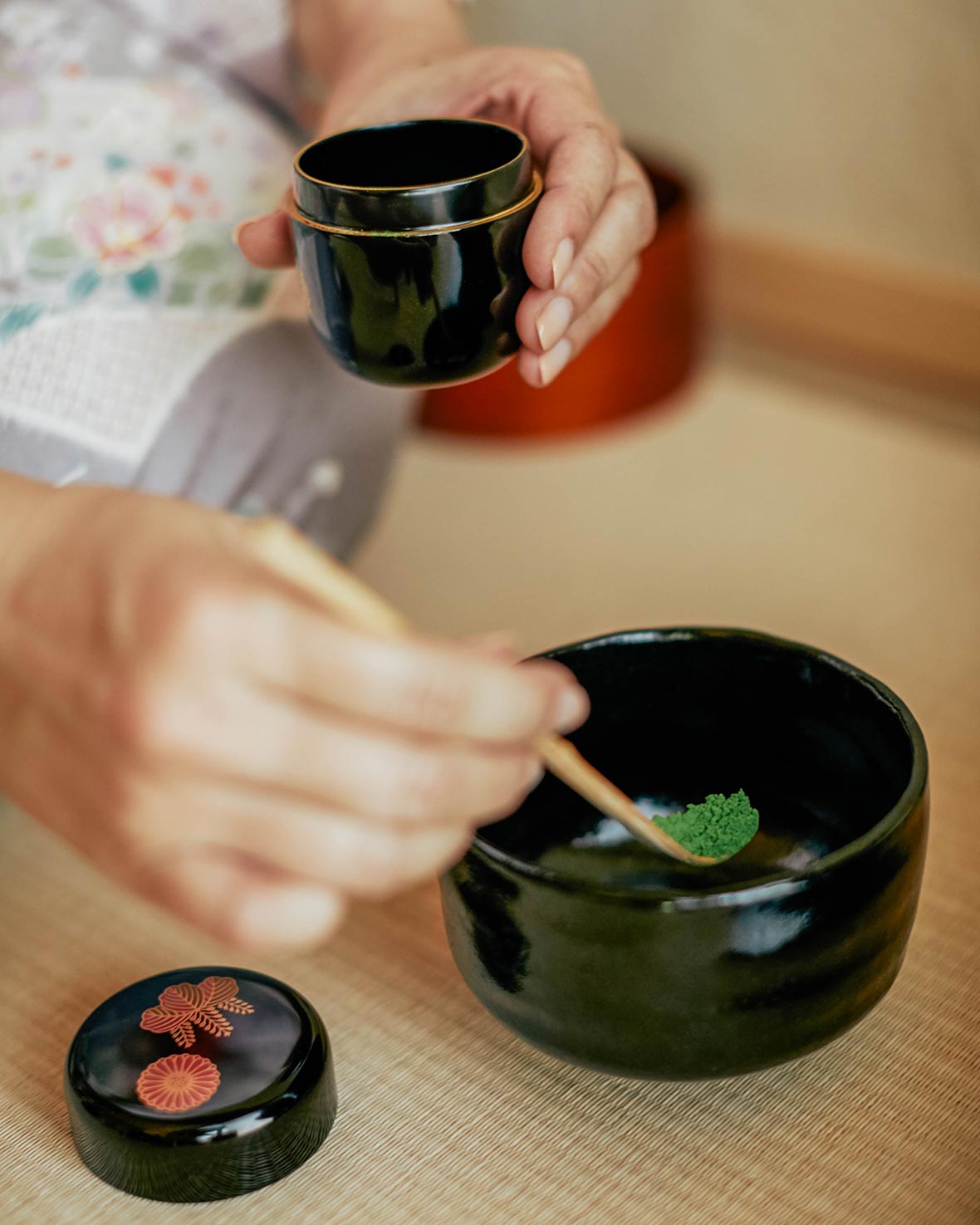
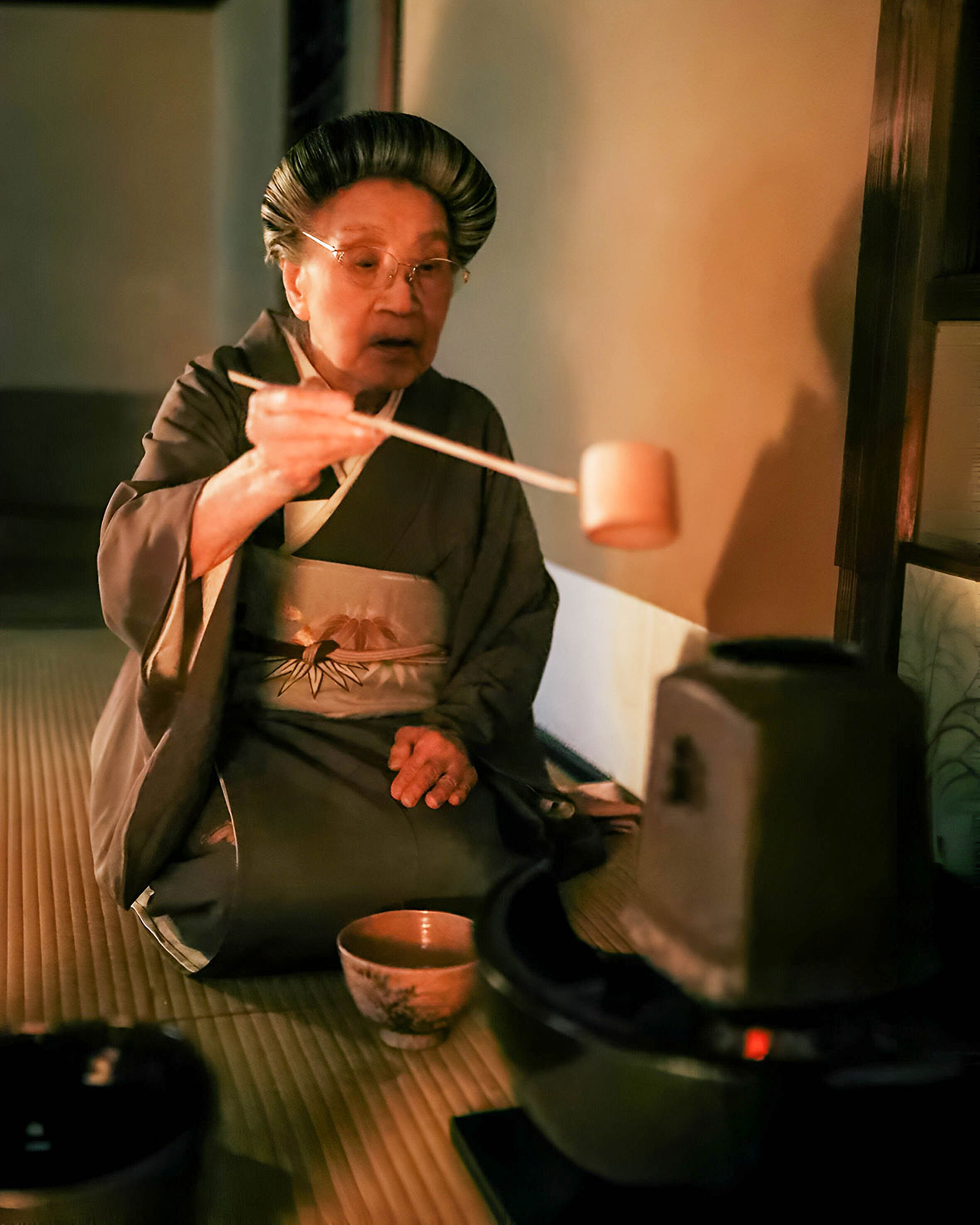
Second, the tea ceremony is seen to cultivate inner peace and harmony. The slow, deliberate movements and focus on the present moment required in the ceremony are believed to help practitioners achieve a sense of calm and balance.
Third, the tea ceremony is also considered an art form, and the tea master is seen as an artist who creates a beautiful and harmonious environment for the guests to enjoy. The tea ceremony is also considered a way to showcase one’s hospitality and generosity.
Finally, tea ceremonies are also important in Japan’s social context. They are often used to entertain guests, build relationships and network with others. It is a way to show appreciation and respect to others.
Popular places for visitors to experience tea ceremonies include Kyoto and Uji, which are known for their rich tea culture and many traditional tea houses and temples.
Height of Good Taste
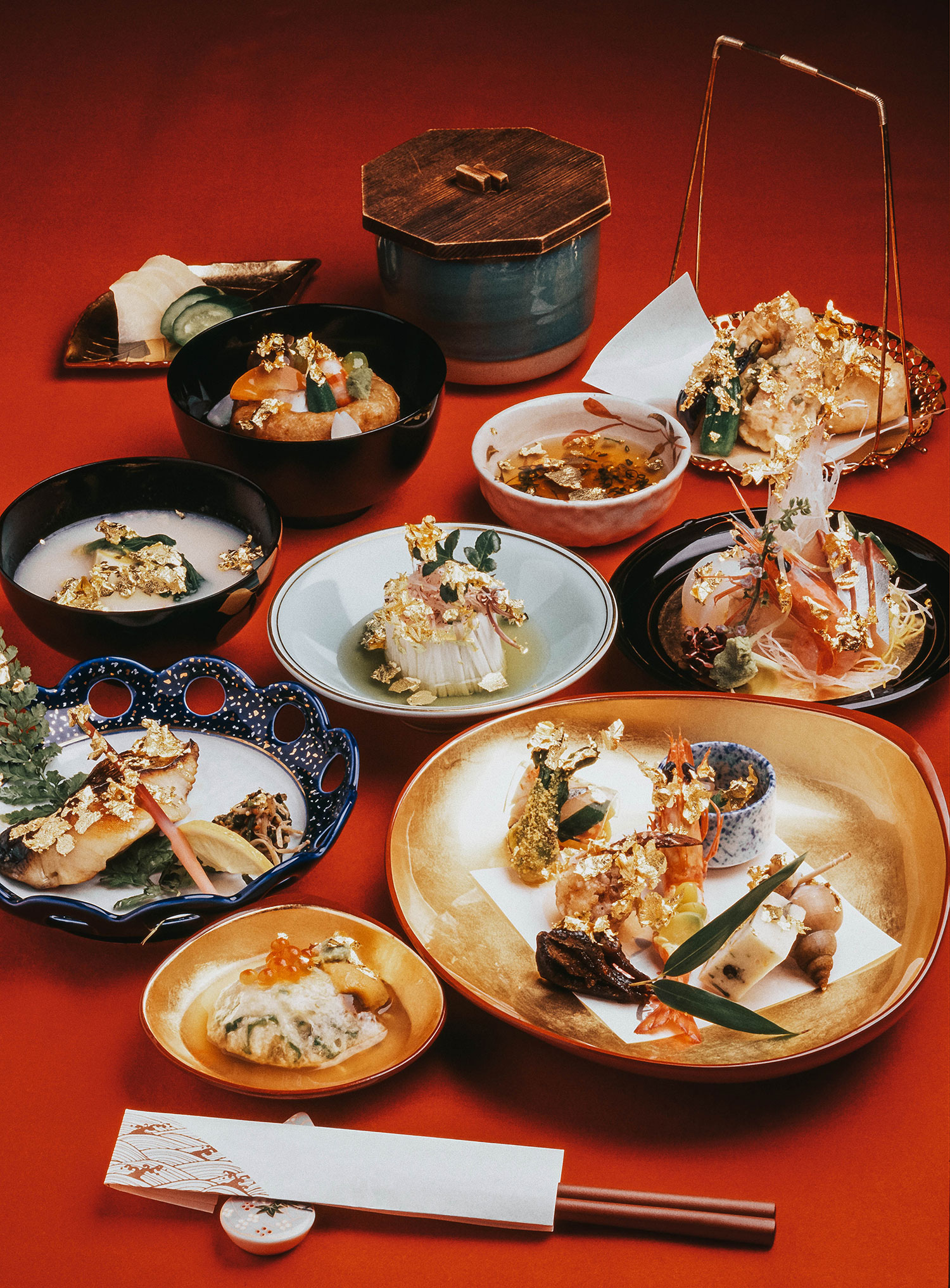
Japan’s famously refined culinary traditions reach an apex with kaiseki dining. Originally presented to the royal noble classes, kaiseki is the embodiment of omotenashi, which can be translated as meaning “wholehearted hospitality”.
In Japan multi-course menus have been favoured for centuries. Often compared to French haute cuisine, the art of kaiseki dining is Japan’s most sophisticated cooking style. This seasonally driven cuisine showcases fresh or preserved vegetables and seafood, presenting them in a refined, artistic manner.
Simply explained, kaiseki is a multi-course Japanese dinner consisting of exquisitely plated dishes. So far, so straightforward. But as is often the case in Japan, there are multiple layers to a ritual that dates back through the centuries.
Its central tenet is to convey respect, making guests feel special and at ease. To that end, chefs strive for excellence in every single aspect of the experience.
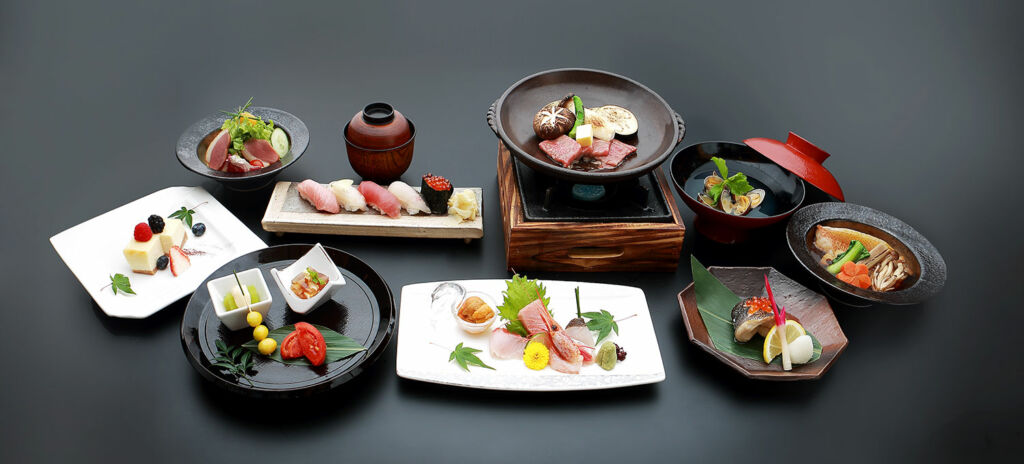
Individual chefs can let their creativity loose on kaiseki dining, with the finest meals an expression of both time and place with seasonality and local produce to the fore. The best kaiseki chefs forage ingredients from countryside forests and rivers. The components must match the atmosphere, with their flavors reminiscent of a particular season.
Nevertheless, there are certain things that guests can reliably expect from a kaiseki dining experience.
These include: saikizuke (an appetizer served with sake), nimono (a simmered dish), mukozuke (a sashimi dish), hassun (an expression of the season), yakimono (a grilled course), hanmono or shokuji (a rice dish).
The meals are usually served at a tatami-matted ryokan (Japanese inn). And the experience typically culminates with dessert and a matcha tea ceremony.
Geek out
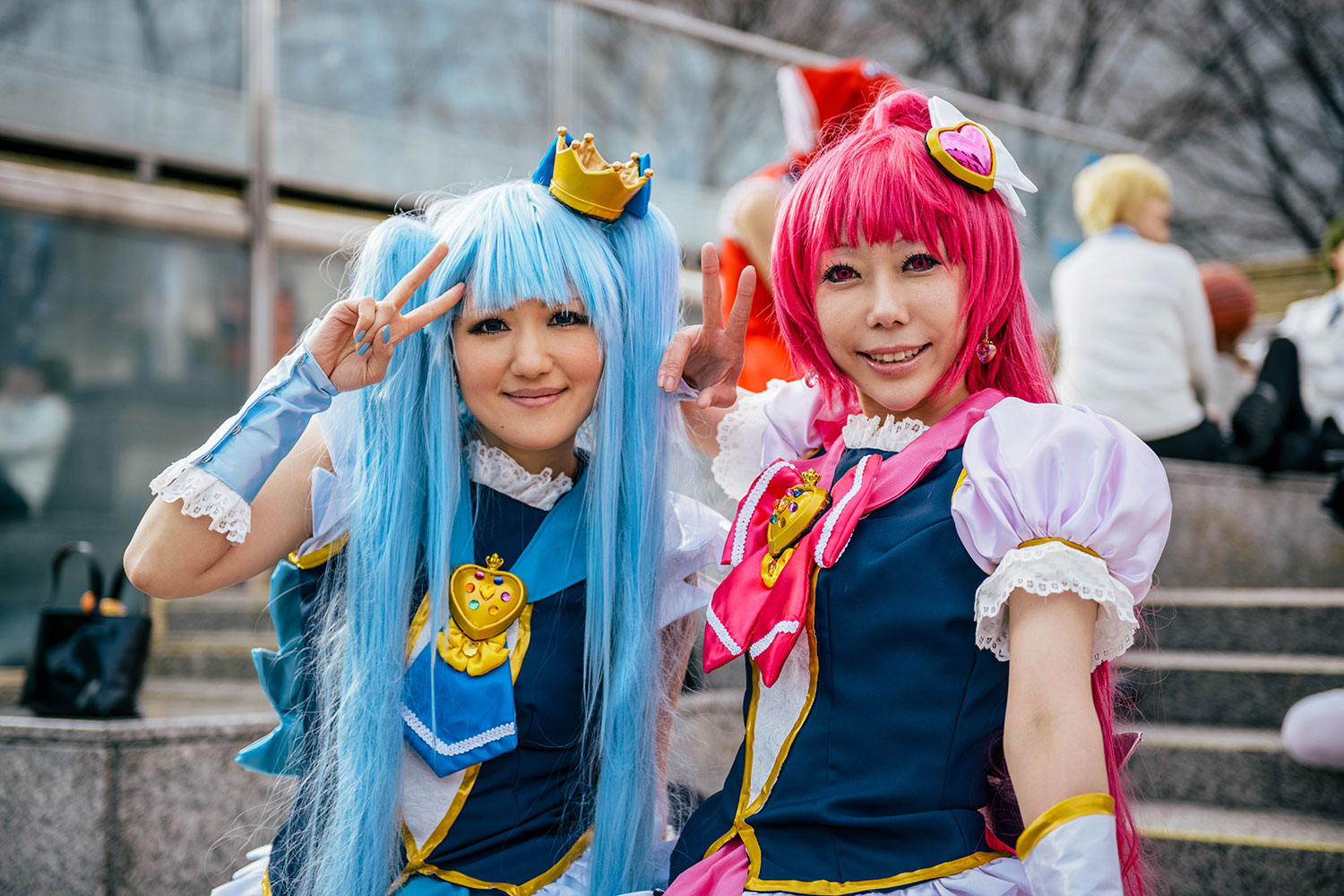
It has frequently been said that one day the geeks will inherit the earth.
Sometimes in Tokyo you could be forgiven for thinking that this has already occurred. The Japanese capital is steeped in otaku (geek) culture with totems such as anime, manga, cosplay, and video gaming a colourful and often dominant presence in many of the city’s more youth-centric enclaves.
Otaku culture is a subculture that originated in Japan and has spread to other countries. It is characterized by a strong interest in anime, manga, video games, and other forms of pop culture media. Otaku culture is often associated with a lifestyle that revolves around these forms of media, and it is often associated with a strong sense of community.
Otaku culture includes a wide range of different interests, such as cosplay, collecting figures and other merchandise, attending conventions and events, and participating in online communities. Many otaku are also involved in creating their own fanworks, such as fan art, music, and videos.
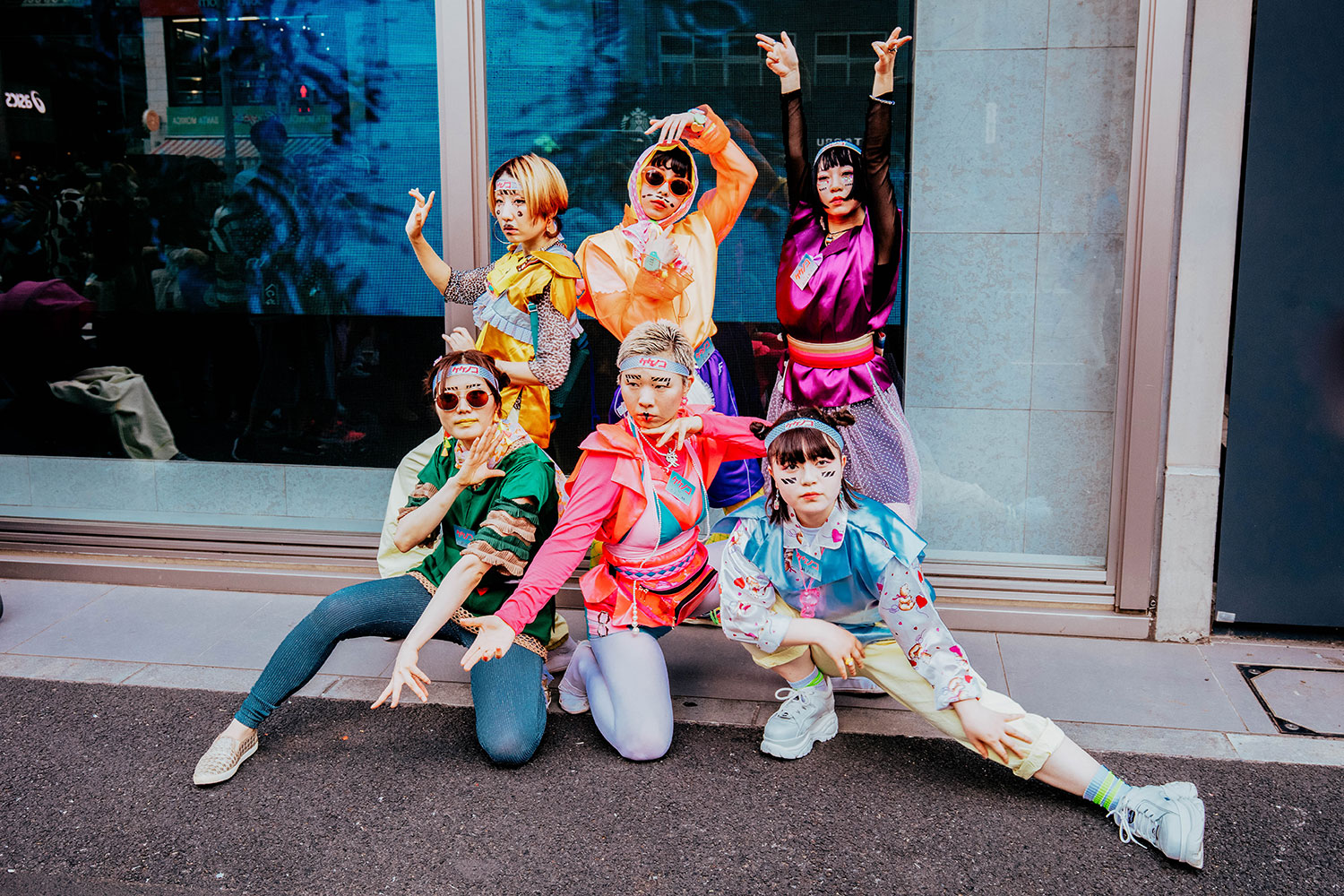
Otaku culture is often seen as a subculture that is separate from mainstream culture, and it is often associated with a sense of being an “outsider” or “geek.” However, over the last few decades, otaku culture has become more mainstream in Japan and other countries, and it is now considered to be a significant part of pop culture.
Otaku and its many symbols can be discovered around the city and a tour of its many hotspots is a must for anyone fascinated by the often-sublime inspiration that feeds into the subculture.
Hard by Tokyo Station is “Character Street”, a thoroughfare lined with stores fixated on different anime characters and series.
Other centres of otaku culture, meanwhile, include Harajuku, Tokyo’s youth fashion mecca, and Akihabra where dozens of shops are devoted to anime, manga, figurines, card games and other collectibles.
There are several places in Japan outside of Tokyo where visitors can experience otaku culture. Prime geek-spotting territory includes Akihabara in Yokohama, home to a variety of electronics stores and anime-related shop, Nipponbashi in Osaka, similarly well-endowed with anime and manga shops, and Mandarake Complex in Nagoya.
Fruit of the bloom
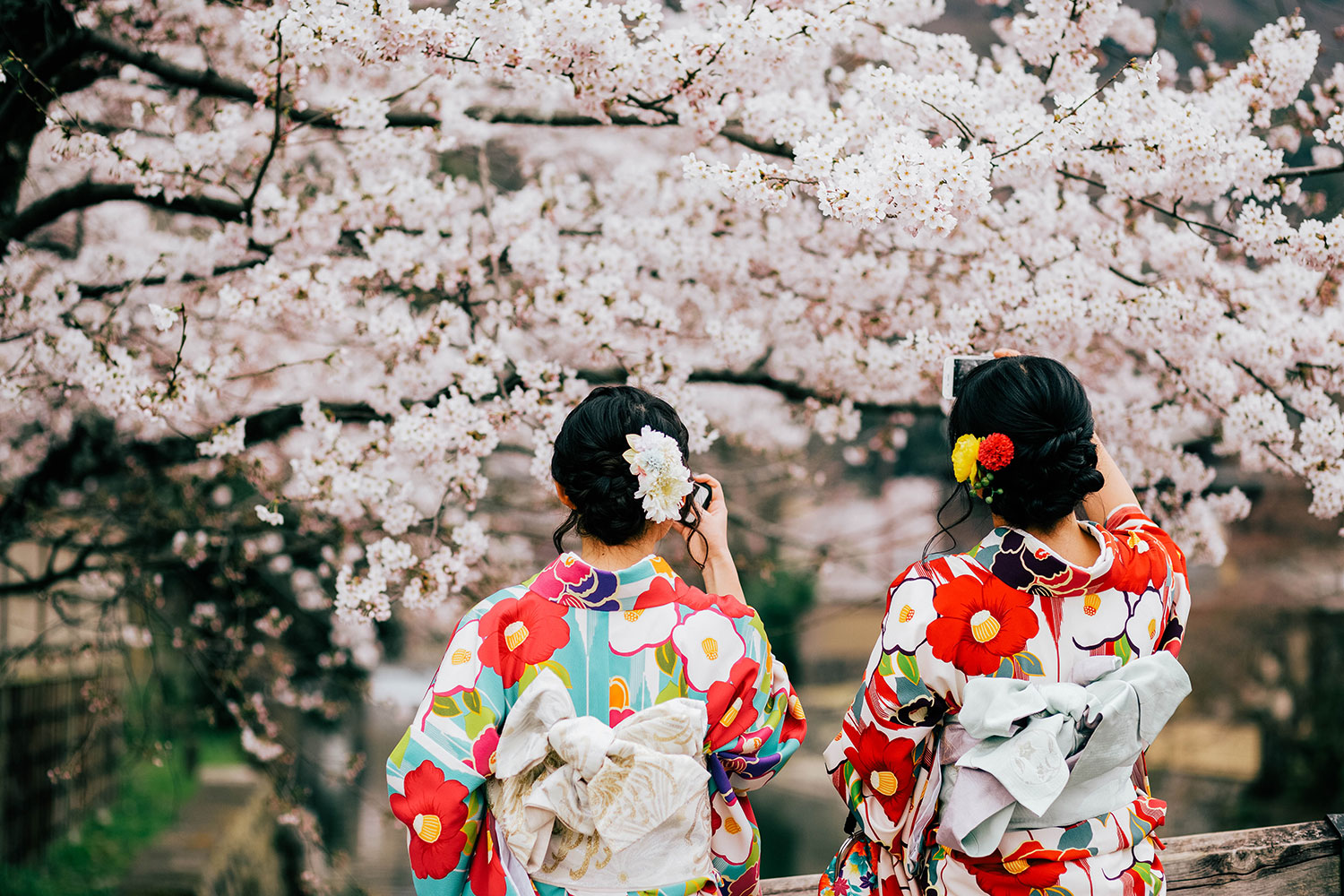
Japan’s rivers and mountains turn pink and white with the flowering of cherry blossoms or sakura. Japan’s most famous seasonal attraction blooms from south to north, beginning in Kyushu in March all the way to Hokkaido in May.
In Kansai, both Osaka Castle and Philosophers Path in Kyoto are incredible places to view the cherry blossom further down the country and are only a short train ride from each other. Head to both locations early in the morning for your best chance at photos without the crowds.
Nachi Falls is quite a journey out of Osaka (around four hours), and really requires an overnight in the quiet fishing village of Nachi in order to be at the waterfall early in the morning. A road from town leads straight to the falls, and if you plan well, you might be the only ones there. Use the pagoda and the foreground cherry blossom trees to frame the shot of the waterfall, and if you can go on a foggy morning, even better.
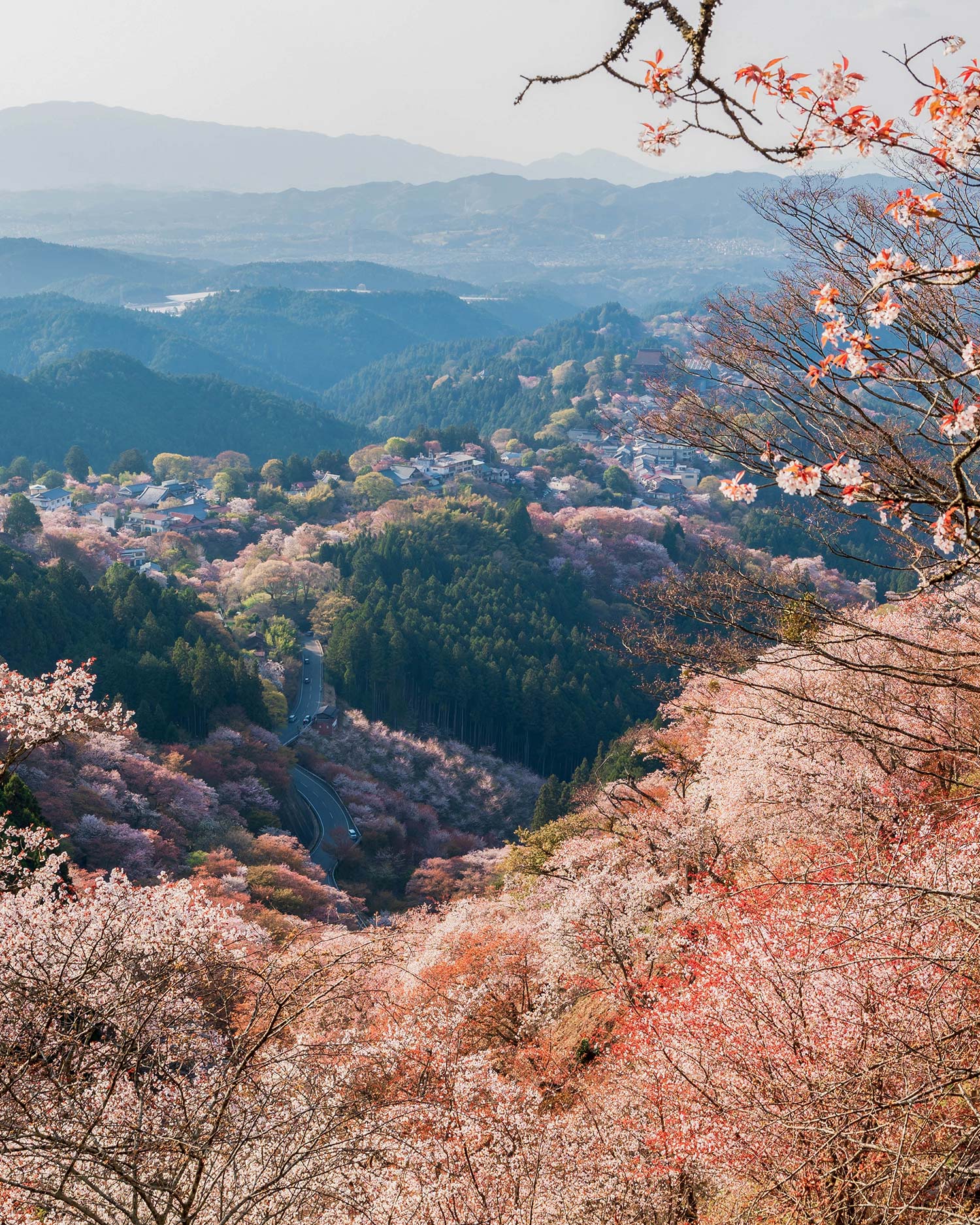
Mount Yoshino is Japan’s most famous cherry blossom spot, and people travel far and wide for the chance to view the incredible trees from the mountain. It is located in Nara Prefecture, but can take a little while to get there. Mount Yoshino has over 30,000 cherry trees planted on the slopes of the mountain, and the whole landscape turns bright pink for just a few short weeks a year. On arriving at Yoshino Station, head up the mountain to the viewing platform to witness the vastness of the cherry blossom season.
Between late April to early May, the springtime cherry blossoms of northern Honshu come alive with their gentle, pink resplendence. A week-long tour of the region takes travelers to some of the best sites in the country for viewing the blossoms. These include Kajo Park in Yamagata city, Kitakami Tenshochi Park, Kakunodate, and Hirosaki Castle. The region’s later blooming season means smaller crowds and cheaper tickets.
The ways of the warriors
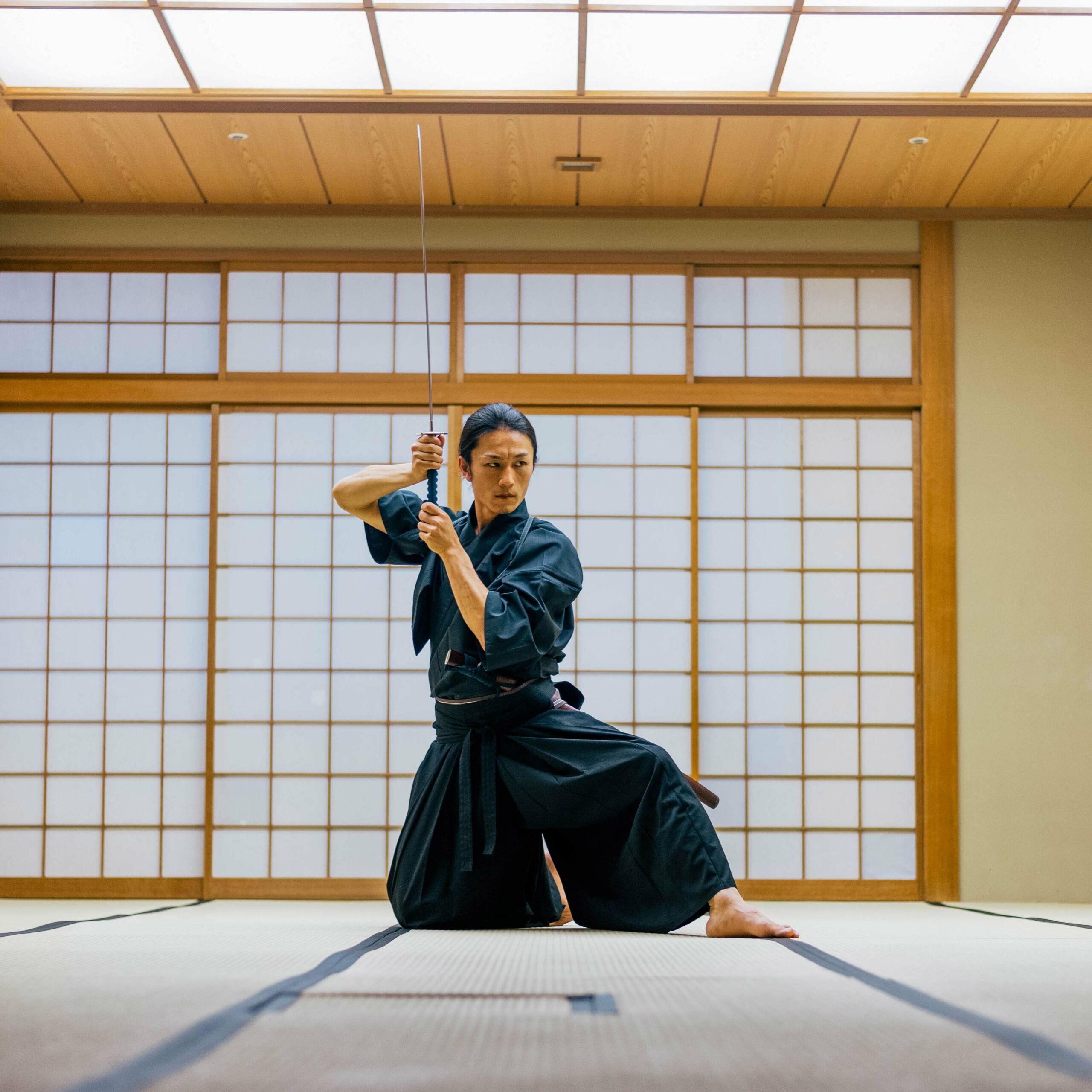
To many visitors, Japan is embodied by an overall air of calm. Yet the peaceful aura of Zen Buddhism, ancient rituals, one of the world’s most ordered societies and landscapes renowned for their beauty is belied by a history as tumultuous as any. Indeed, for the best part of a millennium — between the 9th and 17th century — Japan was in a fluctuating state of regime changes, power struggles and war.
During this period, the military elite class came to be known as samurai. The imperial family and associated nobility employed these warriors as foot soldiers. They were often associated with a clan and followed a strict code of honor influenced by Confucianism, Zen Buddhism, and Shintoism.
Samurai observed a host of rules and creeds. The strict manners they followed were collectively known as bushido, “the way of the warrior”. The bushido covers everything from ritual suicide for disgraced warriors (seppuku) to how one should care for a horse.
Part of the bushido code dictates that all samurai must be master fighters and highly educated. Every samurai studied reading, writing, mathematics, science, and even arts like tea ceremony and flower arrangement.
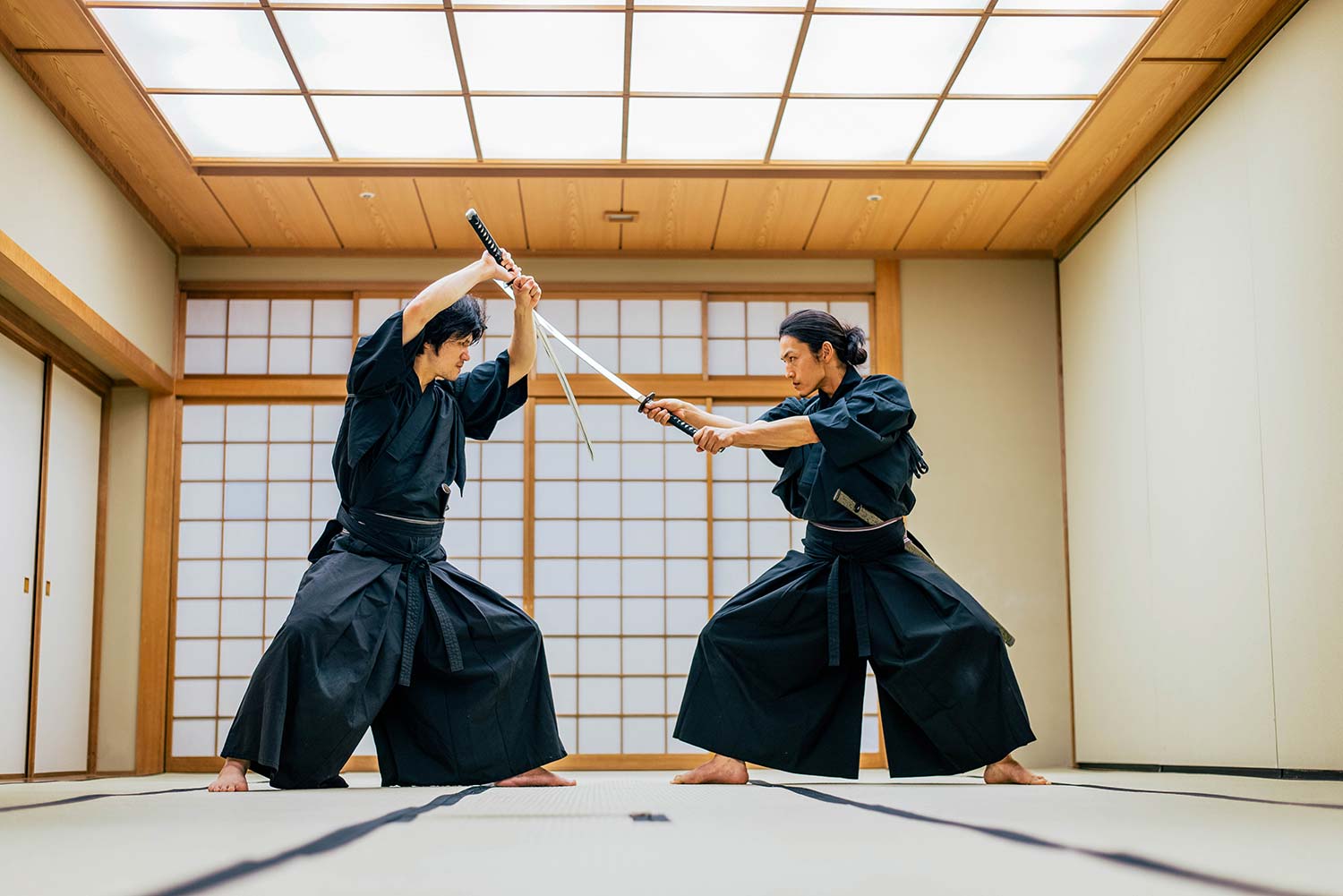
Other fascinating aspects of samurai lore include intricate armor made from ornately decorated leather, silk, and iron, and the women warriors — known as ona-bugeisha— who fought alongside samurai during the great battles of the period.
The influence of the samurai waned following the unification of the warring states in the 17th Century. And in 1873, Emperor Meiji abolished the samurai in favor of a western-style army. Yet the samurai continue to fascinate visitors and their legacy can be witnessed at various sites around Japan.
Indeed, former samurai districts have been carefully preserved offering opportunities for visitors to get up close and personal with items including precious samurai swords while learning more about samurai history.
Prime places to brush up on warrior lore include samurai districts in Matsue, Kakunodate, Kitsuki, and Hagi, which is famous for its impressive castle ruins. In Sendai, the capital of Miyagi prefecture, are the remains of Sendai Castle, built for samurai lord Date Masamune. Other informative spots include the Shinjuku Samurai Museum in Tokyo.

